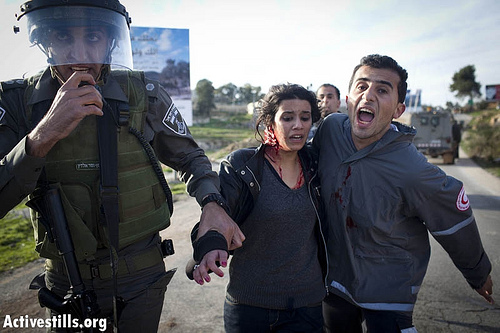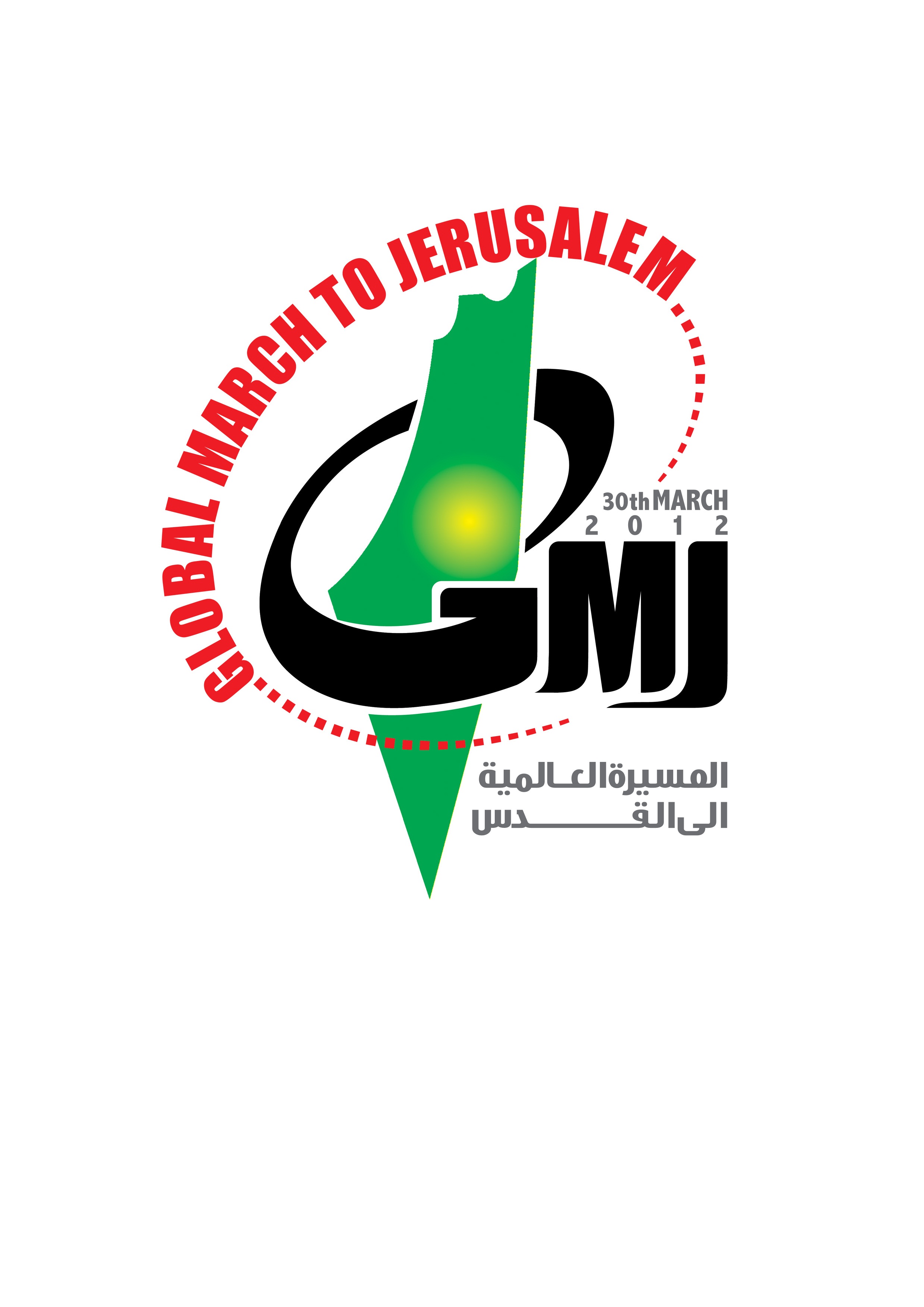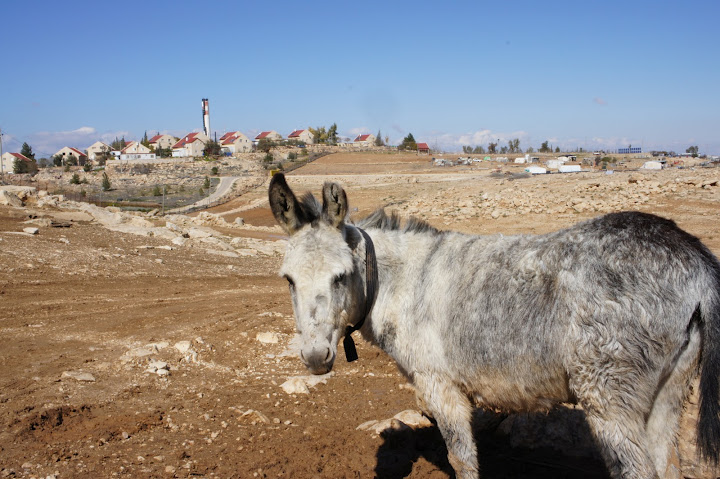Tag: Video
-
13 injured in Nabi Saleh during weekly non-violent protest
3 February 2012 | International Middle East Media Center During the weekly non-violent protest in the village of an-Nabi Saleh on Friday several injuries were reported including that of a French citizen who was struck in the neck by an Israeli projectile. The young woman, reported to be named Amessi, was struck in the neck,…
-
Palestinians urge international community to join Global March to Jerusalem
by Sarah Marusek and Amith Gupta 2 February 2012 | International Solidarity Movement The recent Arab uprisings throughout the Middle East and North Africa have proven that the Arab people are no longer willing to tolerate oppression and tyranny. They send a strong message to Western hegemonic powers and their oppressive regional allies that a new…
-
“We die a little bit inside us each time”: 2 more homes demolished in Bedouin village of Umm Al Kheer
by Tom 26 January 2012 | International Solidarity Movement, West Bank Israel demolished the homes of two families in the Bedouin village of Um Al-Kheer in the South Hebron Hills last week, on Wednesday January 25th. The demolition team arrived with a bulldozer at 9:00 in the morning together Israeli soldiers and police. Villagers reported…



